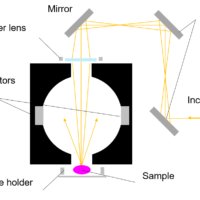Early IR spectrometers
Infrared spectrometers were developed in the US in the mid 1940s. Initially, their applications were confined to R&D work on organic compounds, mainly in the petrochemical field. The first Japanese instruments were manufactured in 1954 by the Applied Optics Research Institute, the predecessor of JASCO. In dispersive infrared spectrometers, light transmitted through a sample is dispersed by a diffraction grating and the intensity at each wavelength is sequentially detected using a thermocouple. A double-beam configuration is employed to perform background correction in real time as shown in Fig. 3.
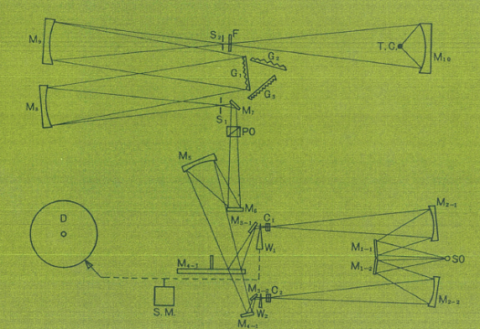
Fig. 3 Optical setup for dispersive IR spectrometer, JASCO IR-G (1966)
Modern IR spectrometers
In 1970s, the first commercial Fourier transform infrared (FTIR) spectrometer has been appeared, and JASCO developed its first FTIR spectrometer in 1982. As computers became more widespread, FTIR spectroscopy became the mainstream by the 1990s. This uses an interferometer instead of a dispersive monochromater, and allows all wavelengths to be detected simultaneously. The resulting interference waveform, called an “interferogram”, is subjected to a Fourier transform to calculate the intensity at each wavelength. Fig. 4 shows a comparison between the optical setups used in dispersion and interferometer based spectrometers.
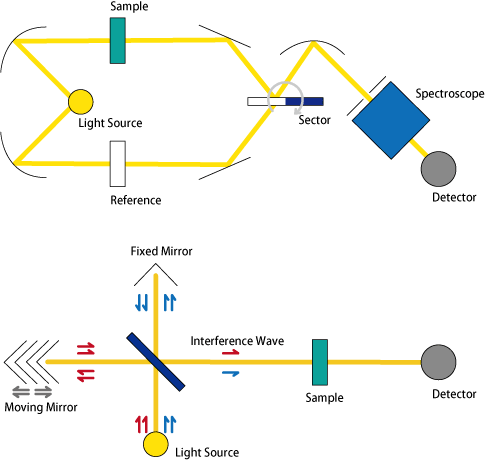
Fig. 4 Optical setup for dispersive (top) and Fourier transform (bottom) based spectrometers
What is a Fourier transform?
A Fourier transform is a method for separating overlapping waveforms with different frequencies. It has a very wide range of applications. One of the most familiar is the type of spectrum analyzer shown in Fig. 5. The horizontal axis of the digital audio data is frequency, the vertical axis represents sound pressure, and changes in the audio signal are visualized as time passes.
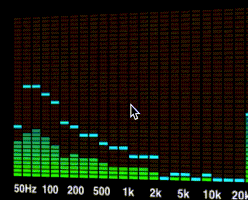
Fig. 5 Spectrum analyzer for digital audio signal using Fourier transform

